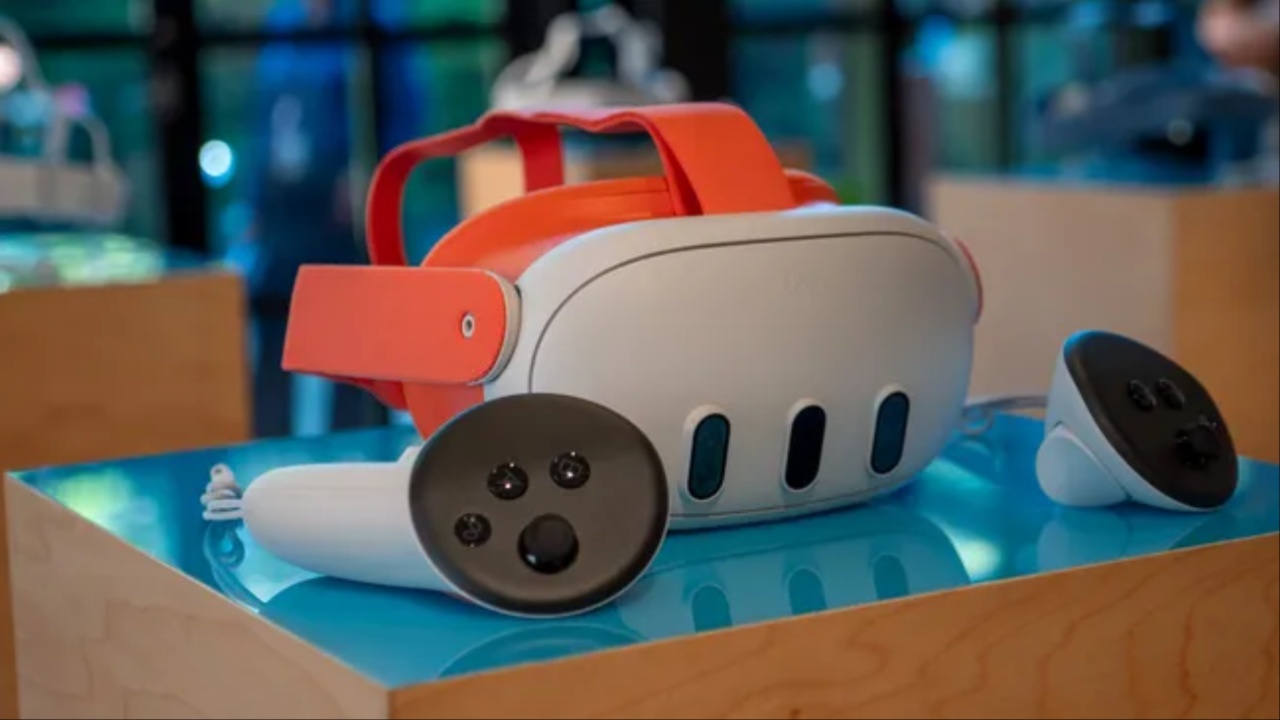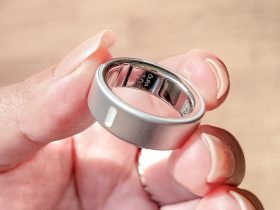The Quest 3S, despite being a cheaper headset with inferior lenses and display compared to the Quest 3, offers superior low-light head and hand tracking. In total darkness, while both Quest 3 and Quest 2 are unable to track head or hand movements, the Quest 3S continues tracking as long as the user is near a wall or other geometry, though with slight jitter.
This enhanced tracking capability sets the Quest 3S apart from its counterparts, making it more effective in low-light environments, such as dimly lit rooms or moonlight.
In low-light conditions, the Quest 3S’s hand tracking outperforms the Quest 3, particularly in scenarios where users play in dimly lit environments, such as rooms with a small light source or natural light from a window.
The Quest 3S initializes hand tracking more quickly, handles fast motions more effectively, and produces fewer false positives than the Quest 3, which struggles more with hand positioning in low-light conditions. This improvement is subtle yet significant for those who frequently use the headset in such environments.

The Quest 3S also shows improvements in controller tracking under certain low-light conditions. Both the Quest 3 and Quest 3S use the same Touch Plus controllers, which rely on infrared LEDs to sync with the headset’s tracking cameras. While this system works in total darkness, the Quest 3S’s continuous hand tracking offers a fallback when the IR LEDs are occluded. As a result, in rare low-light cases where the LEDs are blocked, the Quest 3S offers superior controller tracking compared to the Quest 3, enhancing overall performance.
A key factor in the Quest 3S’s superior low-light tracking is its infrared (IR) illuminators. These IR illuminators, positioned alongside the headset’s passthrough and tracking cameras, act as floodlights that provide the tracking cameras with better visibility of the user’s hands and nearby objects, even in the dark.
This technology has been previously used by devices like Leap Motion and Apple Vision Pro, making it a well-established solution for improving tracking accuracy in low-light environments.
While the more expensive Quest 3 lacks these IR illuminators, it does have an infrared depth projector, though it seems less effective in low-light situations. Users who own Quest 3 or other older headsets can add external IR illuminators to their environment to improve tracking.
Meta’s decision to include IR illuminators in the Quest 3S gives it an edge in terms of usability in various lighting conditions, making it a standout option for those seeking better low-light performance. Full reviews with more details on the differences between the Quest 3S and its predecessors are still to come.






Leave a Reply